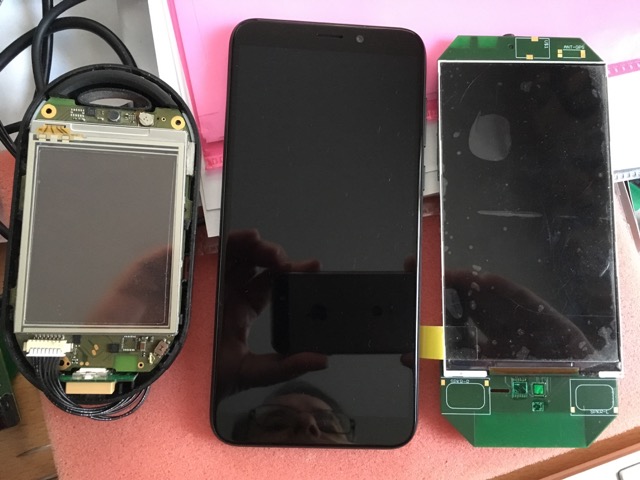levi
Still fresh, damnit!
English has a regulator; it's called the OED short for the Oxford English Dictionary, all 23 volumes of it. Although as a regulator it's rather descriptive, rather than being prescriptive as an effective regulator would need to try to be, as those last three volumes are additional ones published since the second edition was published (way back in 1989) containing all of the new words they've come across since the original publishing date. Every year they announce a handful of new words they're providing definitions for, and quite often a number of those I've not come across before, let alone am actually using in daily conversation, but presumably someone is.
But at the very least it documents the correct spelling of current and archaic words. I'm not sure whether it now contains the common mispelling of 'definate' (a mispelling of 'definite'), because to my surprise it's not freely available without login yet, so I checked the cambridge dictionary online and chambers in the body, and they don't carry the mispelling, so presumably it takes more than simply the misuse of a spelling for it to be added to these dictionaries at least. Wiktionary carries it as a noted mispelling, which I tend to think it the best way of doing it, although it's kind of academic in the paper edition at least because if you try to look up the mispelling you'll surely come across the right spelling, and the cambridge website does at least suggest the right spelling near the top if you search for the mispelling.
But at the very least it documents the correct spelling of current and archaic words. I'm not sure whether it now contains the common mispelling of 'definate' (a mispelling of 'definite'), because to my surprise it's not freely available without login yet, so I checked the cambridge dictionary online and chambers in the body, and they don't carry the mispelling, so presumably it takes more than simply the misuse of a spelling for it to be added to these dictionaries at least. Wiktionary carries it as a noted mispelling, which I tend to think it the best way of doing it, although it's kind of academic in the paper edition at least because if you try to look up the mispelling you'll surely come across the right spelling, and the cambridge website does at least suggest the right spelling near the top if you search for the mispelling.


